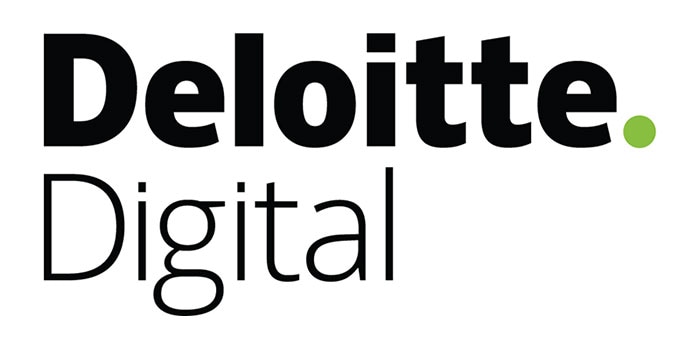Analysis

How ITIL potentiates cost reductions, increasing earnings and efficiency
Most of the companies on the market today have gone through or are still going through the process of digital transformation. Thus, ITIL originated in the 1980s in the UK, which aimed at business compliance and improved efficiency.
Autors: Samo Konyar i Filip Rokinger, Deloitte Consulting division
ITIL (Information Technology Infrastructure Library) refers to the collection of recommendations for the regulation of IT infrastructure and is a framework for the effective management of IT services (ITSM - Information Technology Service Management). ITIL contains several suggestions for conduct that lead to a successful alignment of the company's activities and services and offers guidance and best practices for the five stages of the lifespan of IT services: strategy, design, transition, operations, and continuous improvement. ITSM covers all activities that the organization applies to IT services, but also to the wider management of the organization, such as troubleshooting problems that arise when providing IT services, managing budgets, and even using automation to improve the quality of customer service. ITSM describes how organizations can manage information systems and deliver value to customers by clearly defining the roles and responsibilities of IT-related employees, teams, and departments.
When a production worker contacts their superior about a network failure in part of the plant, the Service Manager contacts customer service who contact the network engineer to fix the problem. After the problem is successfully resolved, the communication returns to the Service Manager as a service seeker. With this, the organization goes through the entire lifespan of a specific service of providing network support in production. While ITSM refers to the management of this service (in the particular case of one organization) and in addition to IT services also takes into account the business aspects of the operation, ITIL will contain general instructions for accessing the IT service and how to approach and eliminate this problem, which has proven to be the most effective on a number of successful companies that have encountered it so far.
ITIL guidelines are used to communicate effectively between IT service providers and the user community. For organizations that choose to devote themselves to the ITIL framework, this results in an improved quality of service management, outcomes, and operations. This occurs thanks to proven methodologies within the ITIL framework that optimize ITSM processes in organizations, responsible for growth and change. It is important to emphasize that ITIL refers to the adoption and adaptation of guidelines and frameworks that are optimized and individualized for each organization, and not to the general application of one fixed set of activities.
The application of ITIL guidelines brings several business advantages for organizations that thus have the opportunity to focus on solving business problems, not just ON IT problems, reducing the cost of IT operations and establishing cost-effective practices. By consistently applying ITIL methods, the organization builds a stable environment that allows growth, scale, change and measurably the same.
Since this approach gives organizations the opportunity to focus on all levels of business, there is also a strengthening of relations with the user community, primarily by providing effective services that meet their needs. When handled effectively, ITIL helps promote improved productivity, while also helping to ensure greater employee satisfaction. ServiceNow and ITIL are integrated and are a process-based framework for handling IT services.

